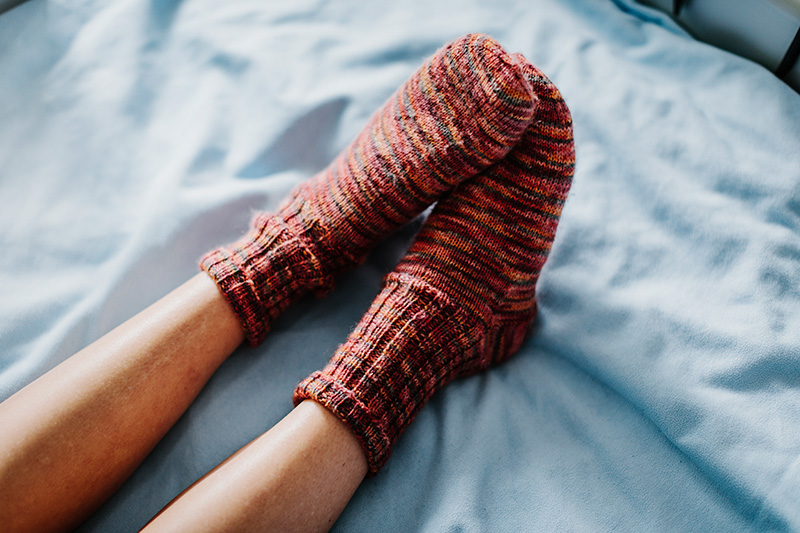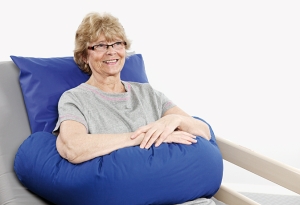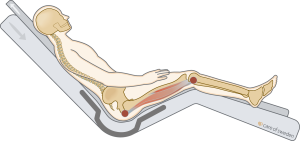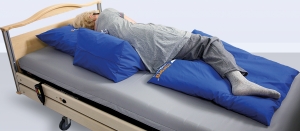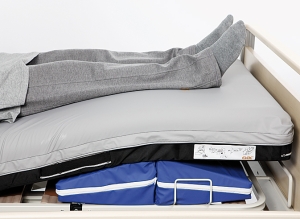Importance of positioning & position change
to prevent pressure ulcers
When pain or discomfort occurs when lying or sitting, our brain sends out warning signals that we should move. By regularly changing position in bed, chair or wheelchair, the risk of pressure ulcers can be reduced. For people with reduced sensation or mobility, this can be difficult to do on their own, and they may need help reducing pressure on sensitive areas through repositioning and positioning (1).
